Understanding Sliding Partition Walls
What is a Sliding Partition Wall?
A sliding partition wall is an innovative space-saving solution designed to create flexible room configurations in both residential and commercial settings. Typically composed of panels that slide on tracks or utilize wall-mounted systems, these partitions can effectively divide a larger area into two or more functional spaces without the permanence of traditional walls. Unlike fixed walls, sliding partitions can be opened or closed as needed, allowing for a more dynamic use of space. For those interested in learning more about specific sliding partition wall solutions, a variety of options are available to suit diverse needs.
Benefits of Using Sliding Partition Walls
Sliding partition walls offer a range of advantages that make them an attractive choice for various environments:
- Flexibility: The ability to reconfigure space according to one’s immediate need is the most significant advantage. These partitions can quickly adapt to accommodate different functions, whether it’s creating a private meeting room in an open office or separating living spaces in a home.
- Space Efficiency: In smaller homes or apartments, sliding partition walls can maximize usable space without the compromise of a permanent structure. They allow for changing the layout as needed without extensive renovations.
- Design Aesthetics: With various materials and finishes, including glass, wood, and fabric, sliding partition walls can add visual interest and complement existing interior design.
- Cost-Effective: Compared to traditional construction, installing sliding partitions typically incurs lower costs and less disruption, making it a financially wise choice for many property owners.
Types of Sliding Partition Walls Available
There are several types of sliding partition walls to choose from, depending on the purpose and design needs:
- Operable Walls: These aren’t just partitions; they are systems that can be moved to redefine space. They can be composed of solid panels for privacy or glass for transparency, often used in commercial settings.
- Folding Partitions: Inspired by accordion doors, these fold and collapse in on themselves to allow for versatile arrangements and are ideal for smaller spaces.
- Track Systems: Track-mounted sliding panels glide along specified tracks, providing a smooth functionality ideal for both heavy and lightweight partition materials.
- Wall-Mounted Systems: These systems don’t require a floor track, providing ADA-friendly designs that are accessible while maintaining aesthetic value.
Choosing the Right Sliding Partition Wall for Your Needs
Considerations for Residential Spaces
When selecting sliding partition walls for homes, homeowners should consider:
- Room Size: Larger rooms may require heavier, more robust partitions that can handle more significant use, while smaller spaces may benefit from lighter, simpler designs.
- Style Preferences: The aesthetic should align with the home’s existing decor. Choices in material and color can either make the partition a focal point or allow it to blend seamlessly.
- Functionality: Determine how often the wall will be used. For high-traffic areas, opting for durable materials is essential. Consider also whether sound insulation is a concern.
Commercial Applications of Sliding Partition Walls
In commercial settings, the use of sliding partition walls is often dictated by functionality and the need for adaptability:
- Office Environments: Businesses often use sliding partitions to create temporary meeting rooms or collaborative spaces, allowing for easy transitions between different workplace dynamics.
- Event Spaces: Conference centers and banquet halls frequently utilize operable walls to customize the size of their venues based on specific event needs.
- Retail Spaces: Sliding partitions allow retailers to change displays and store layouts quickly, responding to seasonality and customer trends.
Customization Options for Your Sliding Partition Wall
Sliding partition walls can be customized in numerous ways to meet unique needs:
- Size: Custom dimensions can make the wall fit, no matter the space constraints.
- Material: From glass to wood and fabric, the choice of material can impact functionality, aesthetics, and even acoustical properties.
- Finish: Hardware finishes and colors allow for enhancing the style to match any interior design scheme.
Installation and Maintenance of Sliding Partition Walls
Professional Installation vs. DIY
When it comes to installing sliding partition walls, property owners have two primary options: professional installation or a DIY approach. The decision typically hinges on:
- Skill Level: Those with experience in carpentry or DIY projects may opt to install themselves to save costs, whereas others may prefer professional help for a guarantee of quality.
- Time and Convenience: Installing professionally can save time and alleviate stress, ensuring the work is done correctly and promptly.
- Complexity of Design: More intricate designs or larger installations may require professional tools and expertise that the average homeowner lacks.
Maintenance Tips for Longevity
Maintaining sliding partition walls is vital to ensure their longevity:
- Regular Cleaning: Dust and dirt can accumulate, affecting performance and aesthetics. Use appropriate cleaners based on materials to avoid damage.
- Check Tracks and Wheels: Ensure that the tracks are clear and that the wheels are free-moving. Lubricate them occasionally to ensure smooth operation.
- Inspect for Damage: Regularly check for any signs of wear or damage, especially if used frequently. Prompt repairs can prevent more significant issues later.
Common Issues and How to Resolve Them
Sliding partition walls, like any installations, can encounter issues over time:
- Sticking Panels: If the panels stick, check the track for obstructions, and clean it to ensure smooth functionality.
- Misalignment: Over time, panels may become misaligned. Adjust the mounting brackets or track to restore proper alignment.
- Noise during Operation: If a sliding wall is noisy, consider lubrication of wheels and tracks, and inspect for damaged or loose hardware.
Creative Uses of Sliding Partition Walls
Maximizing Space in Small Homes
Sliding partition walls are an excellent solution for small homes. They can create private areas without the permanence that comes with traditional walls. Here are some creative applications:
- Home Offices: Sliding walls can separate a home office from the living area, creating a functional workspace that can easily be hidden away when not in use.
- Guest Areas: In small homes or apartments, sliding panels can separate guest rooms from living spaces, adding versatility for hosting visitors.
- Open-Concept Living: In open floor plans, sliding partitions are ideal for creating a sense of privacy in specific areas while maintaining the overall flow of space.
Flexible Workspaces and Office Solutions
As the work environment evolves, so do the needs of modern offices. Sliding partition walls provide a flexible approach to configuration:
- Dedicated Spaces: Employees can benefit from separate areas for focused work or collaborative environments, making it easier to adjust layouts as teams change.
- Sound Control: High-quality sliding partitions can reduce noise and distractions, promoting productivity in a shared workspace.
- Agile Workstyles: A responsive office design is essential as businesses adapt to various work styles, and sliding walls facilitate quick transitions.
Design Ideas to Integrate Sliding Partition Walls
Integrating sliding partition walls into home or office design offers numerous possibilities:
- Glass Panels: These can maintain an open feel while providing separation and sound insulation, perfect for modern offices or bright home environments.
- Textured Wood Finishes: Give warmth to a room while providing privacy when needed, ideal for a rustic or contemporary aesthetic.
- Artwork and Decorative Panels: Incorporate art or custom designs into the partition, turning functional walls into visual focal points.
Future Trends in Sliding Partition Wall Design
Innovations in Materials and Technology
Advancements in technology and materials are continuously evolving the manufacture and functionality of sliding partition walls:
- Smart Glass: Innovations such as electrochromic glass provide visual privacy at the touch of a button, making it perfect for spaces that require dynamic environments.
- Eco-Friendly Materials: As sustainability becomes a priority, there’s an increasing interest in partition walls made from recycled or sustainably sourced materials.
- Integrated Technology: Some modern partitions include integrations for sound systems, lighting, and even acoustic panels to enhance the space’s overall functionality.
The Rise of Sustainable Sliding Partition Walls
As construction and design trends evolve, sustainability becomes an important factor in selecting materials and designs:
- Recyclable Materials: Materials sourced from renewable resources or recycled content are popular, reducing environmental footprints.
- Energy Efficient Designs: Innovative designs that enhance energy efficiency through insulation contribute to eco-friendly practices.
- Durable Solutions: Sustainable products are often more durable, reducing waste and the frequency of replacements in the long run.
How Design Trends Influence Sliding Partition Walls
Current trends in interior design also impact the evolution of sliding partition walls:
- Minimalism: The trend towards less clutter and more open spaces drives the demand for sliding walls that can disappear when not in use.
- Industrial Styles: Raw materials, exposed hardware, and simple lines resonate with contemporary architectural aesthetics.
- Biophilic Design: Integration of natural elements and light into designs emphasizes the importance of creating environments that promote well-being.

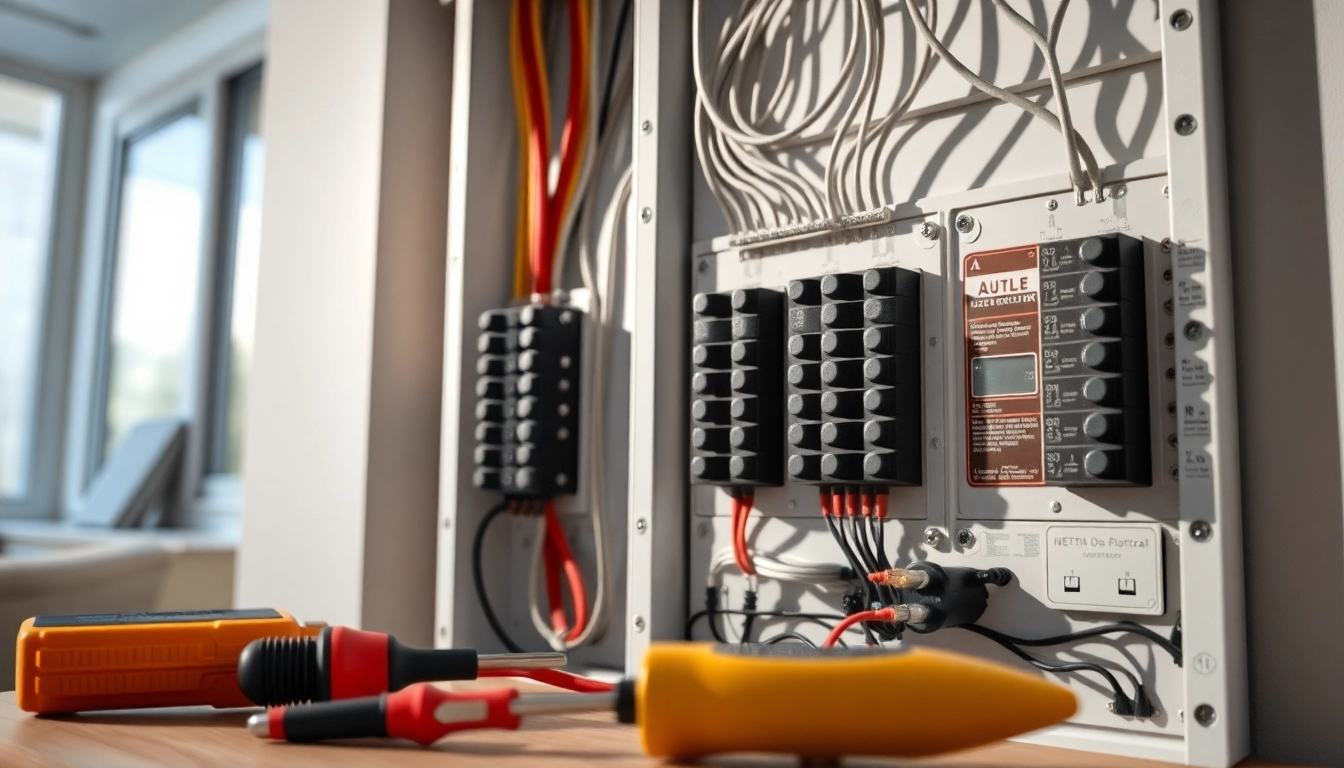

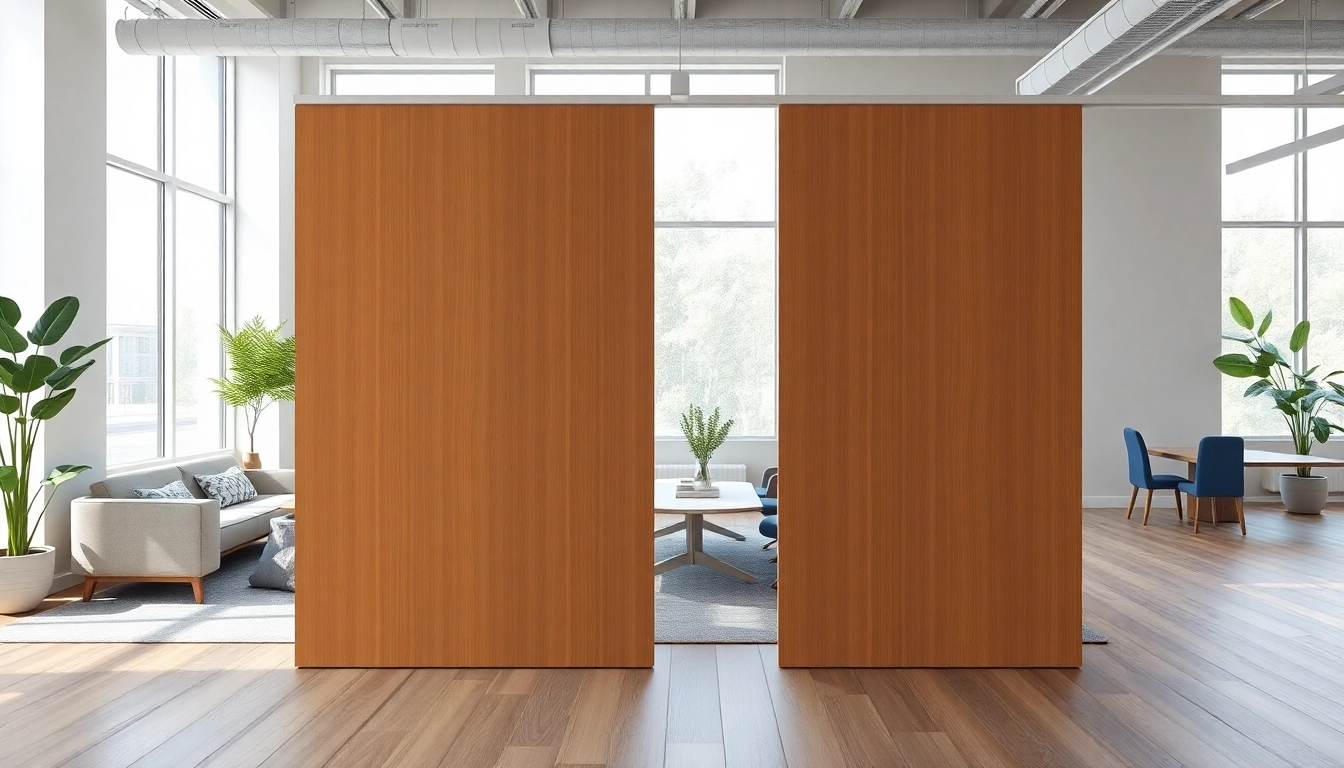
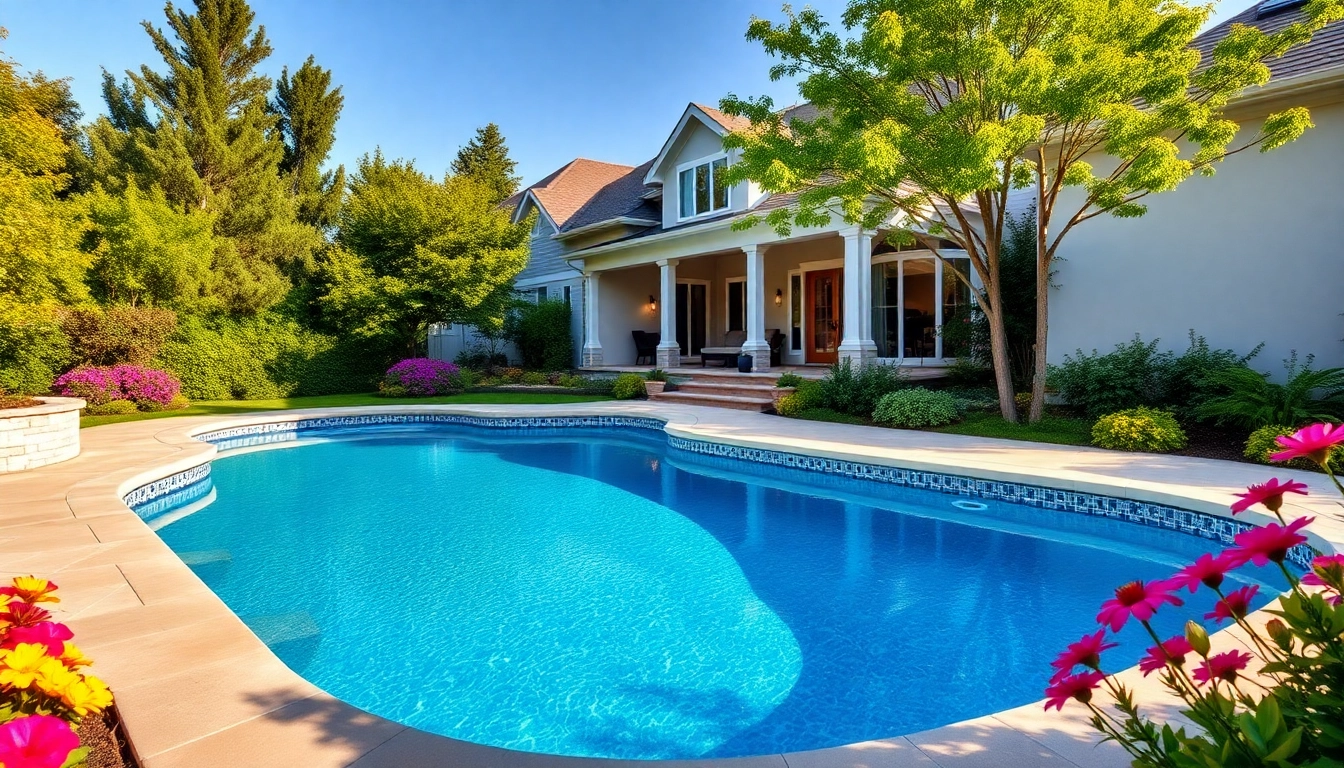
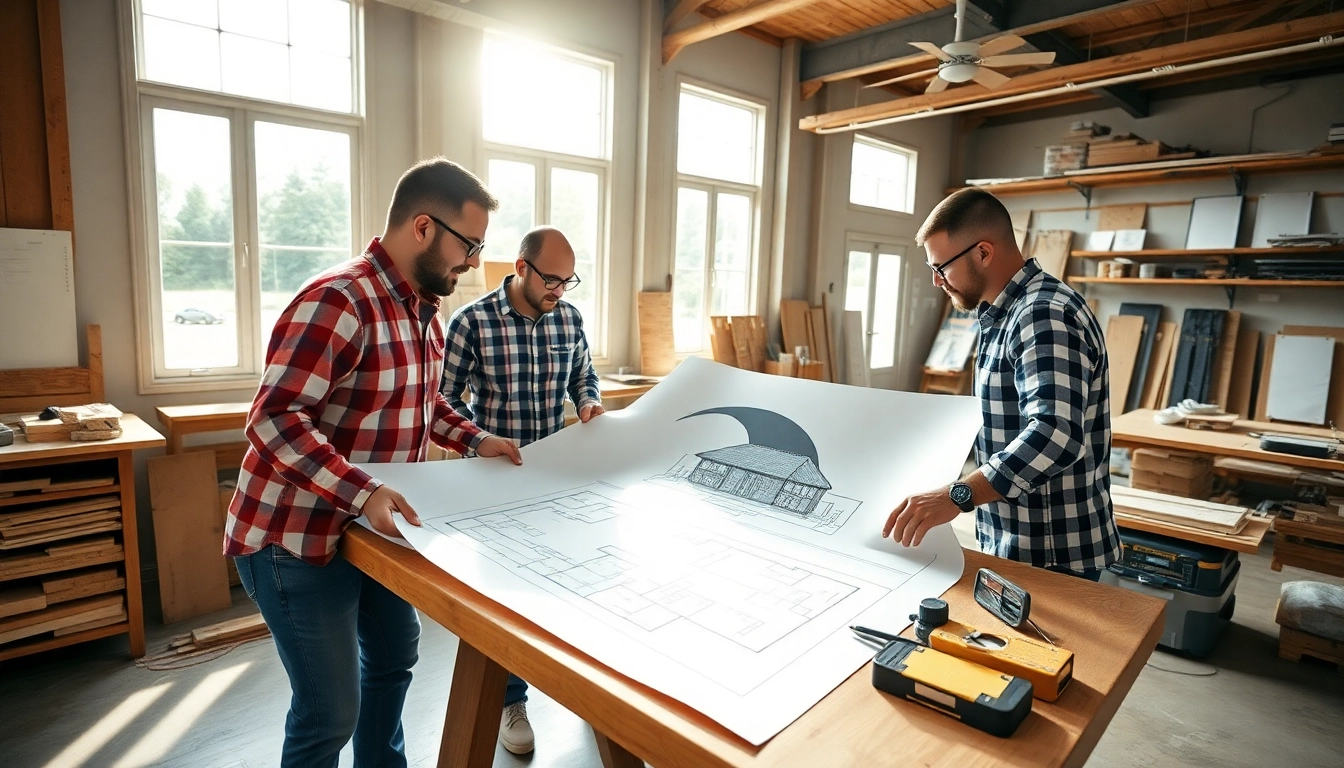
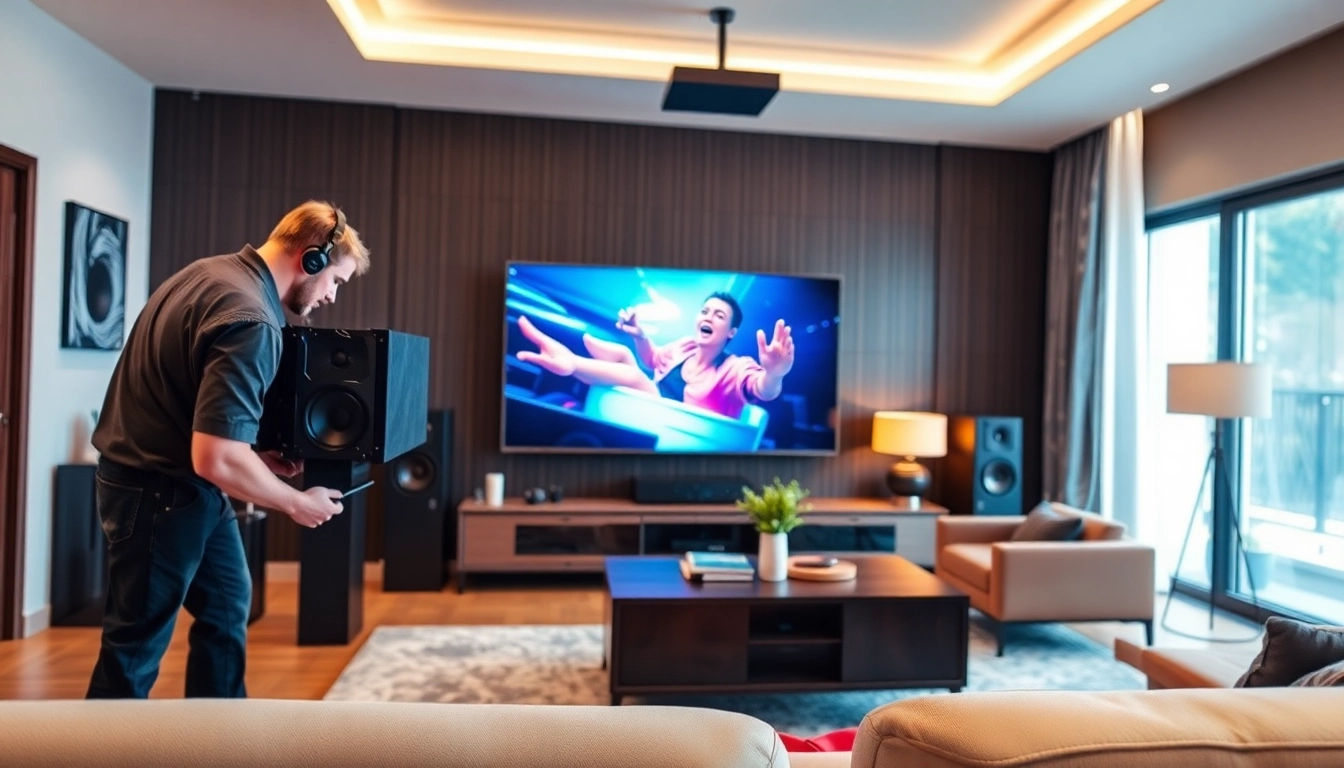
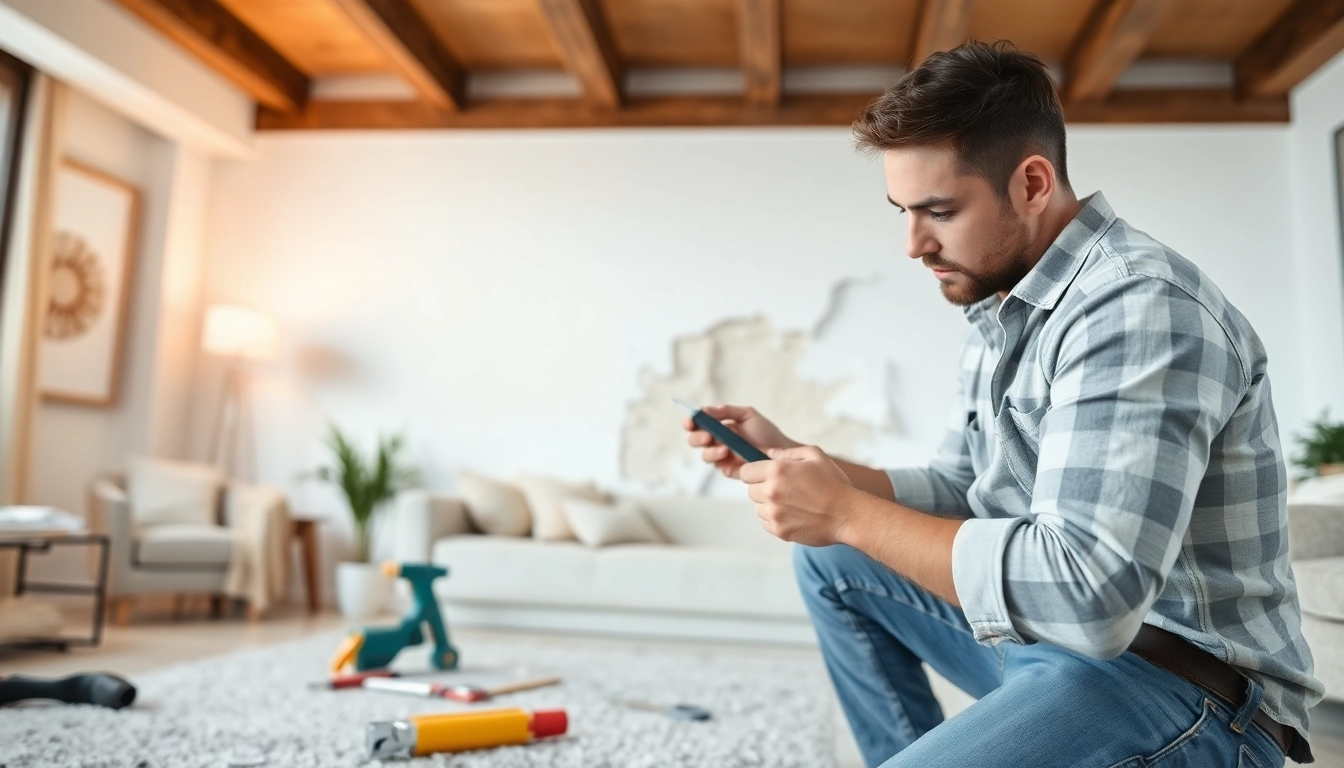
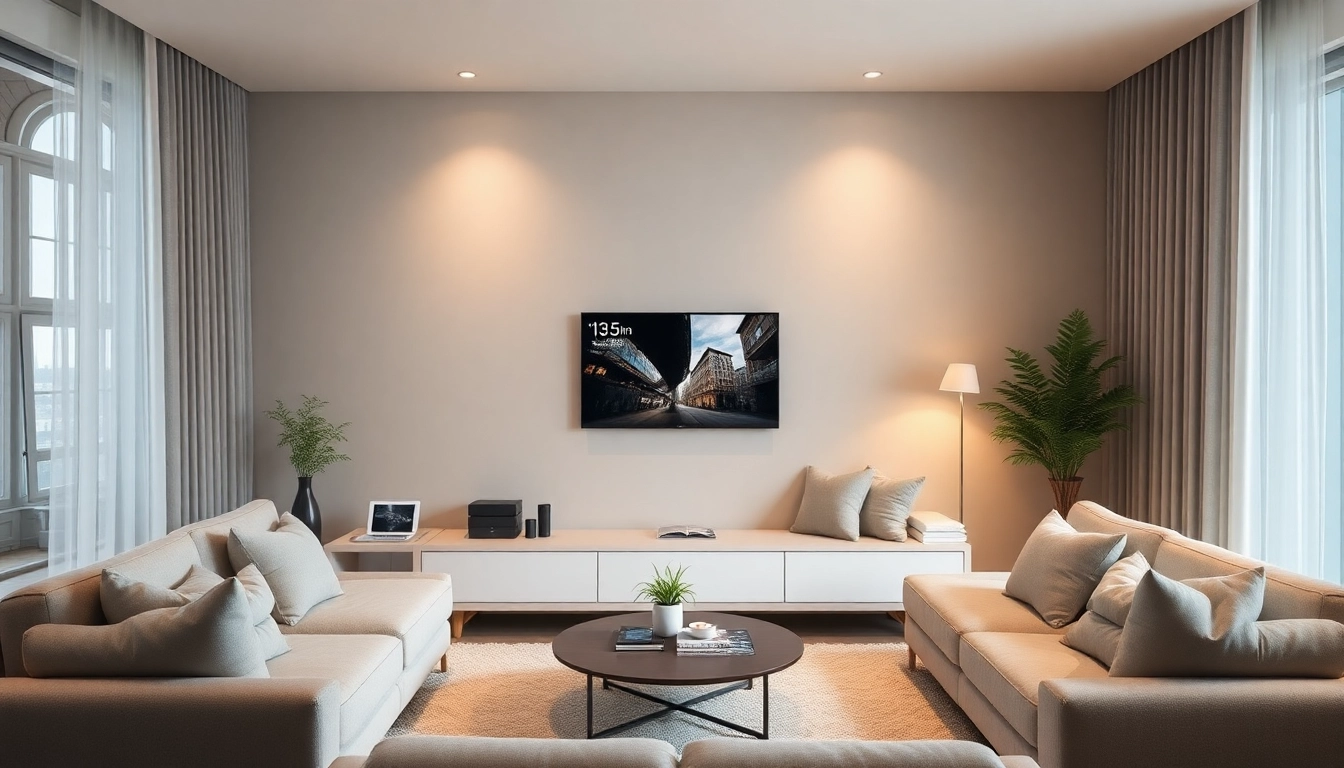
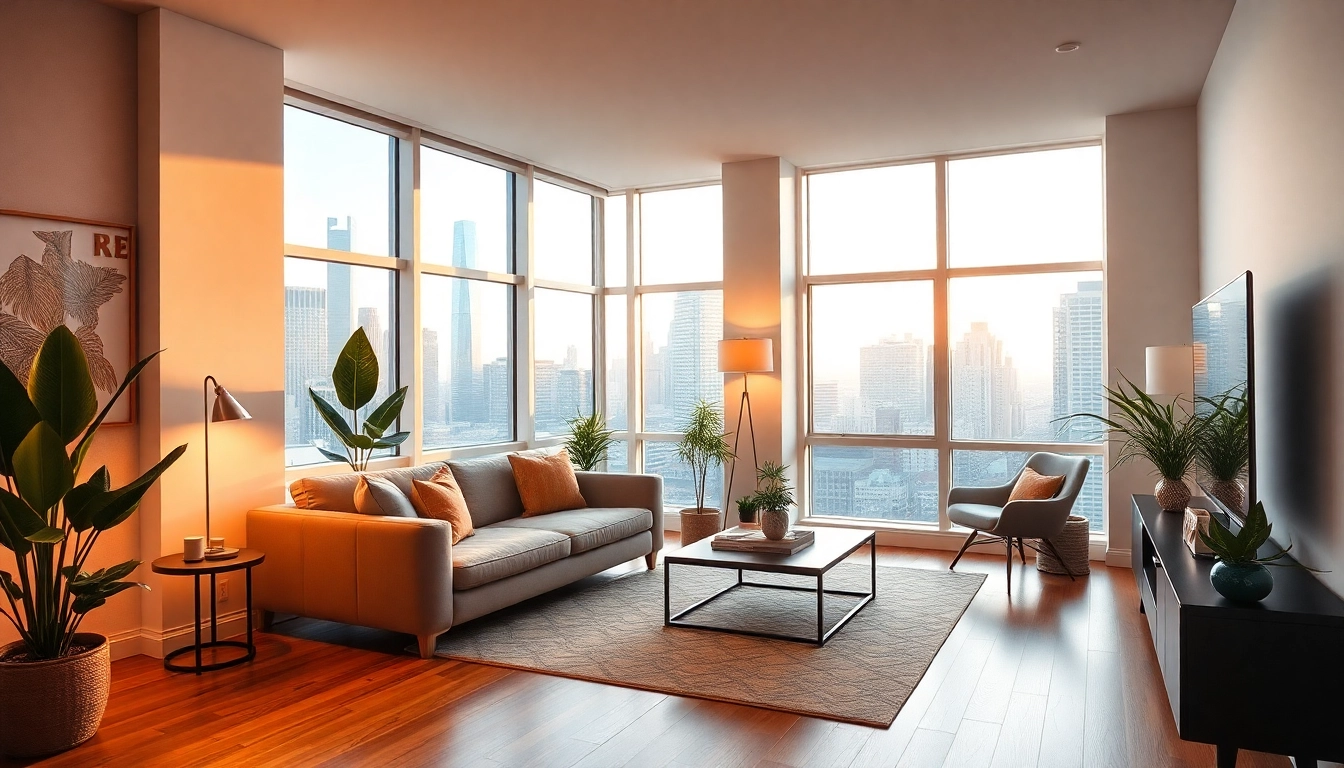
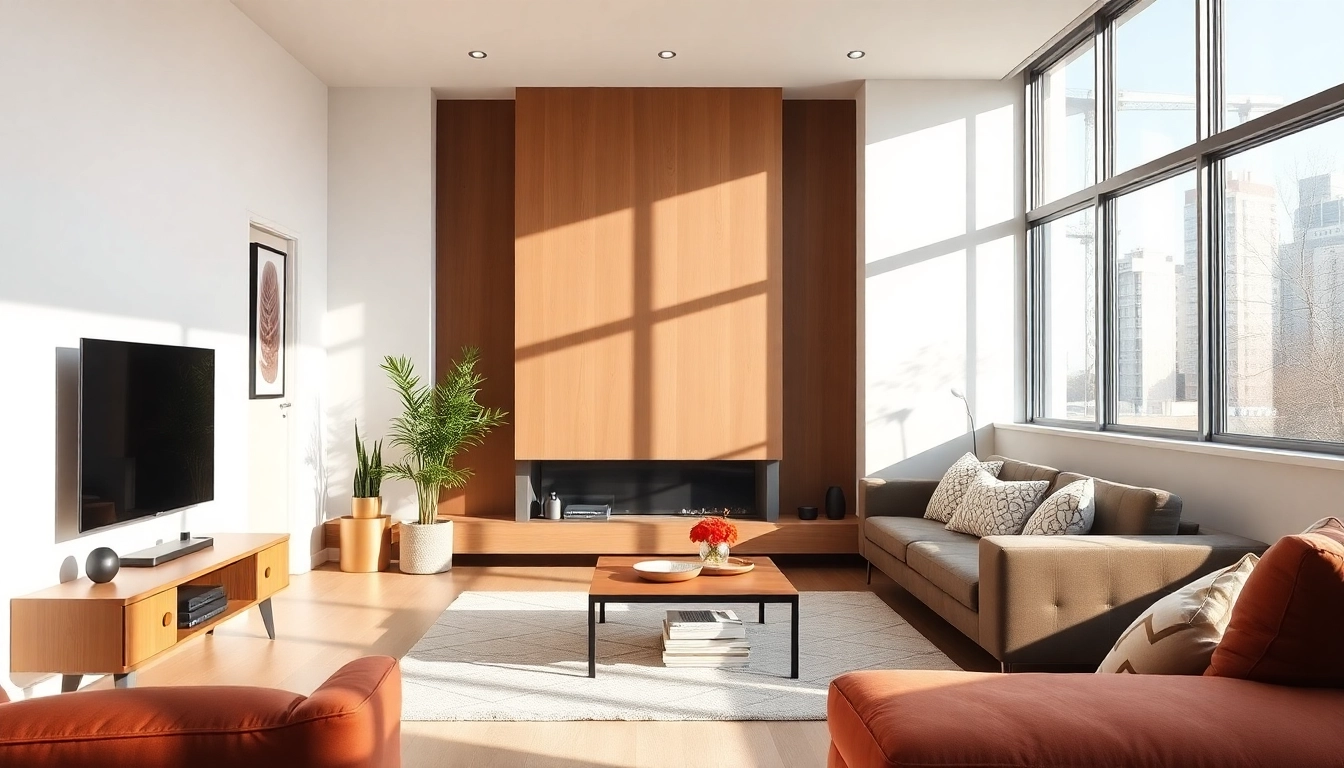


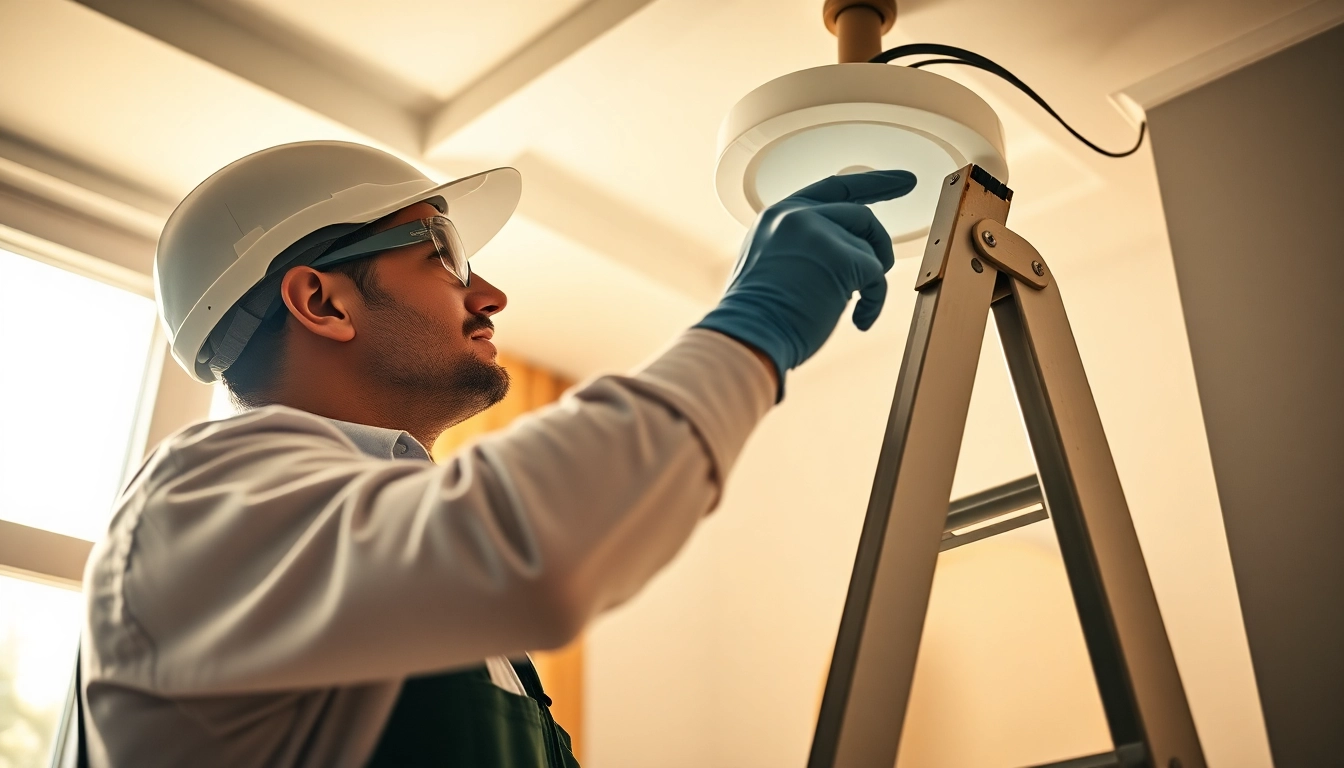

Leave a Reply